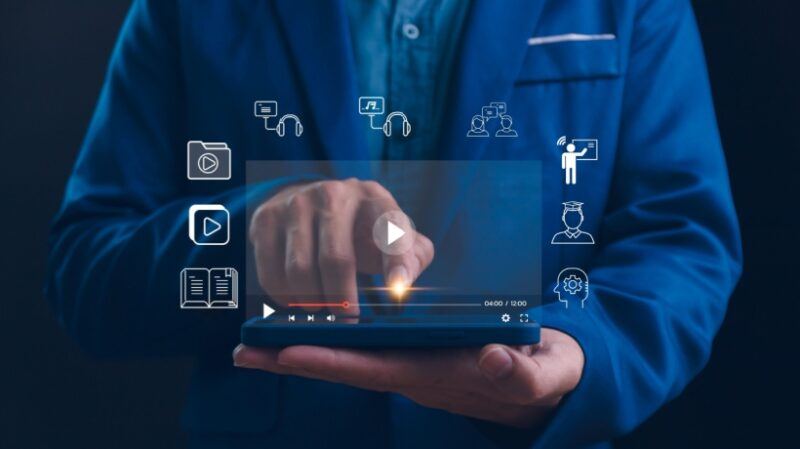Effective Video Learning: How Experience Shapes Content


Sometimes Experience Counts
In the evolving world of digital education, effective video learning has emerged as one of the most powerful tools for engaging learners and delivering lasting impact. But not all learning videos are created equal. What separates a forgettable clip from a transformative learning experience? The answer often lies in experience—specifically, over 20 years of it.
Why Experience Matters In Creating Effective Video Learning
With two decades of Instructional Design and training delivery behind us, we’ve learned that effective video learning isn’t just about slick visuals or trendy animations. It’s about understanding the learner’s world—their challenges, their goals, and the decisions they face every day.
That’s why we’ve chosen an approach that is rooted in role-based learning. Instead of generic, one-size-fits-all content, we craft videos that speak directly to the learner’s role—whether that’s an entry-level position, a more experienced role, or a manager.
Role-Based Scenarios: Making Learning Stick
Imagine a video where a new team leader navigates a difficult performance conversation, or a sales associate handles a hesitant customer. These aren’t abstract theories—they’re realistic scenarios that mirror the learner’s daily experience. By embedding role-specific challenges into our video learning content, we:
- Increase relevance, so learners immediately see the value.
- Boost engagement, because the content feels personal.
- Improve retention, as learners connect emotionally with the challenging situations.
Turning Experience Into Insightful Storytelling
Over the years, we’ve seen what works—and what doesn’t. We know how to:
- Use microlearning to deliver just-in-time insights.
- Build narratives that reflect real workplace dynamics.
- Integrate decision points that prompt reflection and critical thinking.
This depth of experience helps us to anticipate learner needs and design content that’s not only informative but also useful immediately in their specific role. We use this technique in our virtual workshops, in-person courses, coaching sessions and video learning.
Blending Pedagogy With Production: The Secret To Lasting Learning
What makes a video not only watchable but truly memorable? It’s the marriage of Instructional Design with high-quality production. Don’t just shoot footage; build learning experiences. Our background in working with many organizations allows us to structure content that supports engagement while also providing practical ideas.
From scripting to storyboarding, focus on real-world dilemmas that professionals actually face. Whether it’s navigating stakeholder objections in a project meeting or resolving team conflict under pressure, scenarios need to be crafted for authentic resonance. This relevancy is what drives learner engagement—and ultimately behavioral change.
Video Duration
We’re still learning the optimum duration of learning videos. It really depends on the objective, the audience, and the content. Generally shorter is better. We’re finding a two-minute video is more likely to be watched to the end than a longer one but then it does depend on the content and the learner. Providing content that has a range of time can work.
Content
Having a video which is clearly and easily navigable helps, as does having a very clear content agenda and objective. Making it easy to see what the video is and how it will benefit the learner is key. We are always trying to remember that the learners are very used to YouTube, which means they are used to clicking through content and very used to content which is irrelevant and not great.
Avatars
We use avatars for a number of reasons. Firstly, and most importantly, it means we can create content more flexibly to match the needs of the learners. Secondly, it is so much easier to produce content. The quality is good now, so learners don’t mind avatars, and in fact don’t always notice them. The flexibility of updating content and changing it in post-production is a big bonus. It is also a great benefit using avatars to match the learners, that is to have avatars that look like they look. And avatars are getting better every day, which means their believability is increasing all the time.
Conclusion: Experience Drives Engagement
In the crowded world of online learning, experience is your differentiator. With over 20 years of insight, we know how to create effective video learning content that resonates—because it’s built around the learner’s role, their reality, and their roadblocks. But we’re still learning and as the market and customers evolve so must the offering. And we mustn’t forget that we are in the technology sphere, which means what seems amazing today may look old-fashioned in a very short space of time.
Source link



